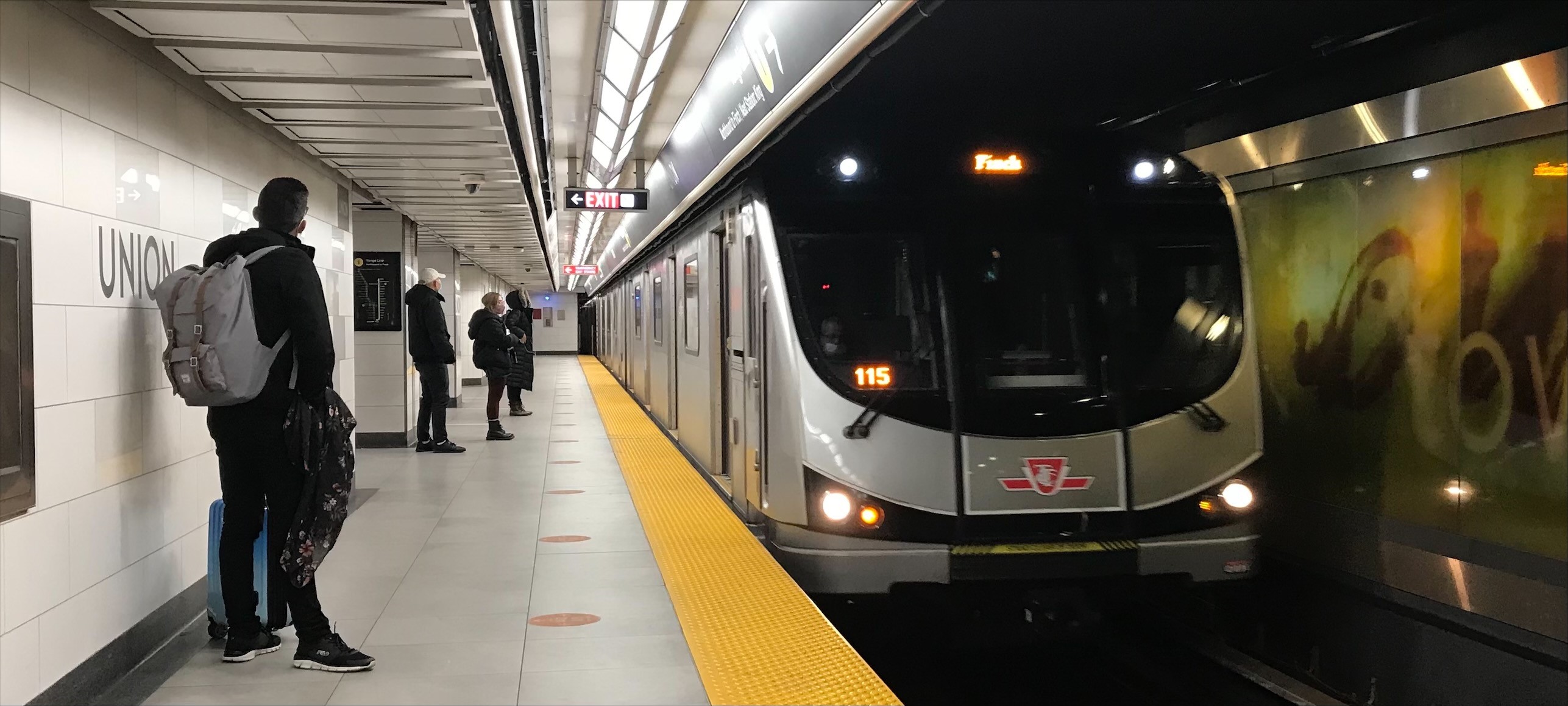Amare
Senior Member
Yes that's correct, the province and York Region will be paying up for the capital costs. The operating costs will almost be certainly be picked up by Toronto to some degree, there's no way they are letting the TTC let off the hook (unless the province agrees to subsidize 100% of the cost which I highly doubt they would do).Oh, it's these old chestnuts getting dusted off?
First Toronto is paying ZERO towards the YNSE and York Region is paying a pro-rated share of the costs.
So that takes care of that.
But what are these places - Toronto, Richmond Hill etc. - in your mind, except places where people pay taxes that don't go to the other place? I know that you know people from Richmond Hill work in Toronto and people from Toronto work in Richmond Hill. They go to restaurants in both places, they drive in both places and on and on . The notion that transit systems should stop, not where riders stop, but where your taxes stop is so old, the infrastructure we're talking about might as well be horse-and-buggy.
You can say it's "cute and all" but the only thing required to shoot a big smoking hole in the logic would be for the Province to say, "all regional funding goes through us." I'm not saying they're going to say that - but you have to ask yourself what the fundamental goal of transit is for us, as riders. Personally (and I 've used this example before) I've never seen anything in my life as perverse as transit riders standing at Yonge and Steeles, watching half-full YRT buses go past them so they can wait to get on a crowded TTC bus because it's effectively illegal for YRT to pick up "TTC riders." But they're not "TTC riders." They're not "Toronto taxpayers," they're just transit users and should be treated as such.
Unquestionably the funding mechanisms need to be fixed and it's shameful that Metrolinx did two studies about fare integration and the Liberals trashed them both. But York Region is paying the capital costs in this instance so let's not use that as an excuse for disincentivizing transit use or making for a worse ridership experience. Let's not say, "Why should my taxes go to help those people," as if you don't work in the same commutershed, the same real estate market, the same economic development region. Better transit is to everyone's benefit - not just people in both municipalities but also drivers. And if drivers used this same logic they'd say, "Why should my taxes go to TTC when I never use it?"
So let's not do that. Let's just keep demanding Metrolinx be empowered to fix this because cross-municipal travel is becoming more common, not less, and it serves no one to be parochial about it.
IMHO.
Metrolinx and the province seem to have issues committing to fixing inter-regional transit operations. Something as simple as making an amendment to the City of Toronto act to allow for Mississauga to operate their buses in Toronto while picking up customers is apparently like building a space shuttle to them, so to any movement on a wider scale is almost just wishful thinking at this point unfortunately. So until they get serious about fixing the issue, the funding elephant will always be in the room so to speak
And that's another point to raise. There comes a point in time where extending a subway just becomes asinine, and using the existing inter-regional transit system becomes a lot more beneficial. With all the amounts of money we're spending on this subway, the Richmond Hill GO line can have a big chunk of its issues fixed to the point of allowing it to become more than just an off-peak line. Unfortunately our genius politicians dont think that way, and it's always subways, subways, subways.I think though that eventually a line can become to long and we start hitting the law of diminishing returns. Ultimately public transit needs to compete with the car and show that it is the faster option, if it can't than potential riders will just turn to the car. Ultimately while development may come to places like Richmond Hill I doubt it will have any serious impact on the number of York Region residents taking the subway into downtown Toronto for work. The subway isn't set up for express and skip stop service so someone getting on in Aurora will have no choice but to ride the train making all stops between aurora and downtown, at that point the car becomes a far more convenient option. On top of this the Richmond Hill GO Line won't be seeing any real improvement from GO RER which gets rid of the idea of shunting downtown bound riders from York Region off of the subway. I would use the A train in New York as an example as that line is stupidly long yet you can get from Far Rockaway to Manhattan in about an hour or so since those trains run express through Brooklyn skipping most stops. If the subway was set up to have express trains, or even if the Richmond Hill line would be getting 15 minute all day service than this wouldn't be an issue. As it stands now though it is an issue that hinders us from extending the subway to far out.
